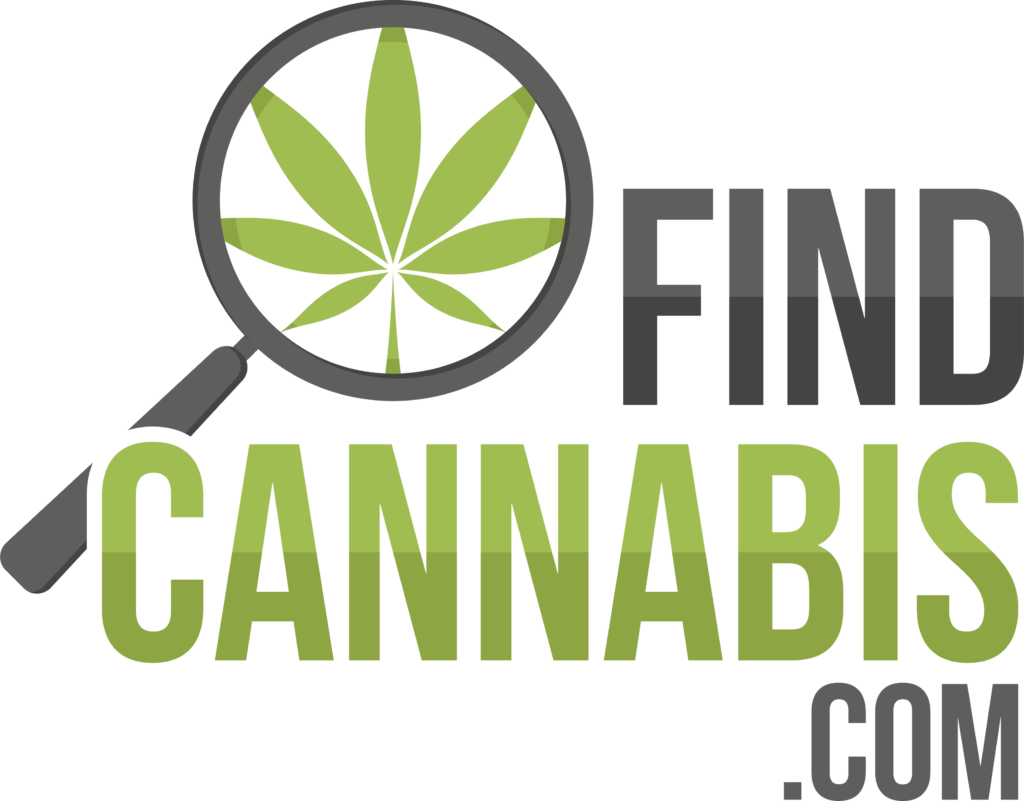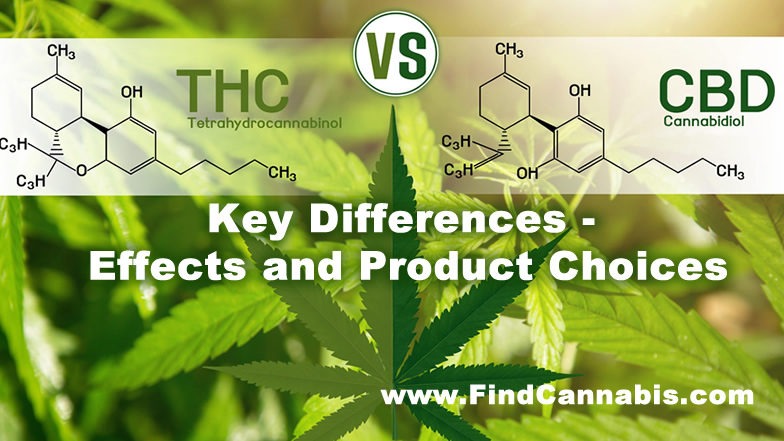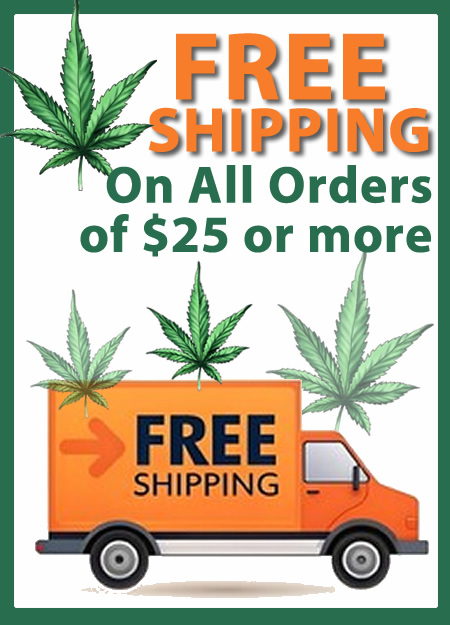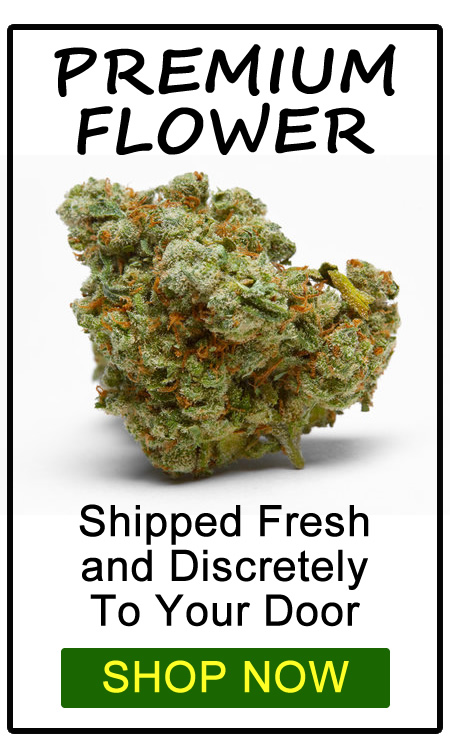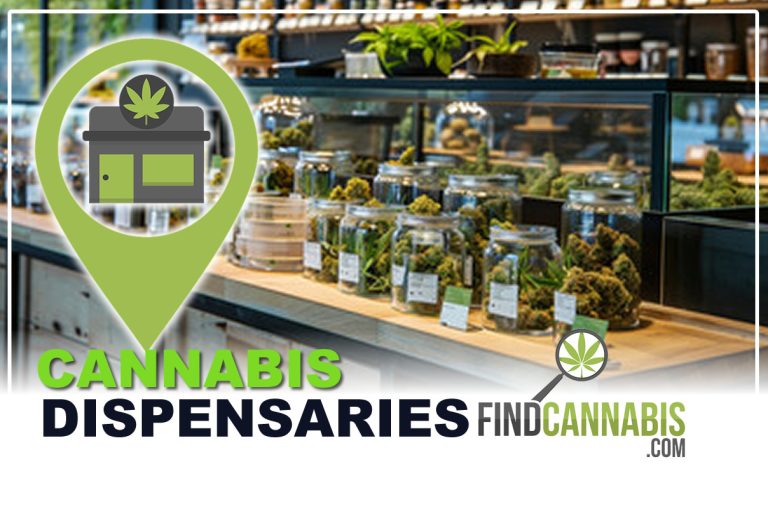The cannabis industry has experienced unprecedented growth, with consumers increasingly seeking information about the two most prominent compounds found in cannabis plants: cannabidiol (CBD) and tetrahydrocannabinol (THC). Understanding the fundamental differences between these cannabinoids is essential for making informed decisions about cannabis products, whether for recreational enjoyment or therapeutic benefits.
Both CBD and THC interact with your body’s endocannabinoid system, yet they produce distinctly different effects and offer unique advantages. This comprehensive guide explores their key differences, effects, legal considerations, and helps you navigate the expanding world of cannabis products available today.
Understanding Cannabinoids: The Science Behind CBD and THC
Cannabis plants contain over 100 different cannabinoids, but CBD and THC remain the most studied and widely recognized compounds. These molecules interact with cannabinoid receptors throughout your body, primarily CB1 and CB2 receptors that comprise the endocannabinoid system.
THC (Delta-9-Tetrahydrocannabinol) serves as cannabis’s primary psychoactive compound, binding directly to CB1 receptors concentrated in the brain and central nervous system. This direct binding creates the characteristic “high” associated with marijuana use, affecting perception, mood, and cognitive function. Learn more about how THC affects the brain from peer-reviewed research.
CBD (Cannabidiol), conversely, doesn’t bind directly to cannabinoid receptors. Instead, it influences the endocannabinoid system indirectly, modulating receptor activity and enhancing the body’s natural endocannabinoid production. This indirect approach explains why CBD doesn’t produce intoxicating effects while still offering therapeutic potential.
The molecular structures of CBD and THC are nearly identical, containing the same number of carbon, hydrogen, and oxygen atoms. However, their atomic arrangements differ significantly, resulting in vastly different interactions with your body’s receptors and producing contrasting effects.
Key Differences Between CBD and THC
Psychoactive Properties
The most significant distinction between CBD and THC lies in their psychoactive properties. THC produces the euphoric, mind-altering effects commonly associated with marijuana use. Users typically experience altered perception, heightened sensory awareness, relaxation, and sometimes anxiety or paranoia, especially with higher doses.
CBD, while technically psychoactive because it affects brain function, doesn’t produce intoxicating effects. Users remain clear-headed and functional, making CBD appealing for those seeking potential therapeutic benefits without impairment. This characteristic has made CBD products increasingly popular among professionals, parents, and individuals who want to maintain normal daily activities.
Legal Status and Regulations
The legal landscape surrounding CBD and THC varies significantly across jurisdictions. In the
United States, the 2018 Farm Bill legalized hemp-derived CBD products containing less than 0.3% THC at the federal level. However, state laws vary considerably, with some states maintaining stricter regulations on CBD products.
THC remains federally classified as a controlled substance, though many states have legalized marijuana for medical and recreational use. Currently, over 35 states have established medical marijuana programs, while nearly 20 states have legalized recreational cannabis use for adults.
International laws differ dramatically, with some countries embracing CBD while maintaining strict THC prohibitions. Always research local regulations before purchasing or using cannabis products, as laws continue evolving rapidly worldwide.
Chemical Structure and Bioavailability
Both compounds share the molecular formula C21H30O2, but their structural differences significantly impact how they interact with your body. THC features a cyclic ring structure that allows direct CB1 receptor binding, while CBD’s structure prevents this direct interaction.
These structural differences also affect bioavailability—how much of each compound your body actually absorbs and utilizes. THC generally shows higher bioavailability when smoked or vaporized, with onset times of minutes. CBD absorption varies significantly depending on consumption method, with sublingual tinctures and vaping typically offering faster onset than edibles or capsules.
Effects and Benefits: CBD vs. THC
THC Effects and Therapeutic Applications
THC’s effects extend beyond recreational enjoyment, offering several documented therapeutic benefits. Medical marijuana patients often use THC-dominant products for:
Pain Management: THC
effectively reduces chronic pain, particularly neuropathic pain that doesn’t respond well to traditional medications. Its interaction with CB1 receptors in the brain and spinal cord can significantly diminish pain perception.
Appetite Stimulation: Known colloquially as “the munchies,” THC’s appetite-stimulating properties benefit patients undergoing chemotherapy, those with eating disorders, or individuals experiencing appetite loss due to medical conditions.
Sleep Aid: Many users find THC helpful for insomnia and sleep disorders. Its sedating effects, particularly from indica-dominant strains, can promote deeper, more restful sleep.
Nausea Relief: THC shows remarkable effectiveness in reducing nausea and vomiting, making it valuable for cancer patients undergoing treatment or individuals with certain gastrointestinal conditions.
Muscle Spasm Relief: Patients with multiple sclerosis, epilepsy, and other neurological conditions often experience significant relief from muscle spasms when using THC products.
CBD Effects and Therapeutic Applications
CBD’s non-intoxicating nature doesn’t diminish its therapeutic potential. Research continues revealing CBD’s diverse applications:
Anxiety and Stress Reduction: CBD shows promise in managing various anxiety disorders, including social anxiety, panic disorder, and post-traumatic stress disorder. Clinical studies demonstrate CBD’s anxiolytic properties. Unlike THC, which can sometimes increase anxiety, CBD typically produces calming effects without impairment.
Anti-Inflammatory Properties: CBD’s powerful anti-inflammatory effects make it attractive for treating conditions like arthritis, inflammatory bowel disease, and other inflammation-related disorders.
Seizure Control: The FDA has approved Epidiolex, a CBD-based medication, for treating severe forms of pediatric epilepsy. This approval represents CBD’s most established medical application.
Neuroprotective Effects: Emerging research suggests CBD may help protect brain cells from damage, potentially benefiting conditions like Alzheimer’s disease, Parkinson’s disease, and traumatic brain injuries.
Skin Conditions: Topical CBD products show effectiveness for various skin conditions, including acne, eczema, and psoriasis, due to CBD’s anti-inflammatory and sebum-regulating properties.
Product Types and Consumption Methods
THC Product Categories
The THC market offers numerous product types, each providing different onset times, duration, and intensity of effects:
Flower Products: Traditional dried cannabis flower remains popular, offering immediate effects through smoking or vaporizing. Different strains provide varying THC concentrations and terpene profiles, creating unique experiences.
Edibles: THC-infused foods and beverages provide longer-lasting effects but with delayed onset times of 30 minutes to 2 hours. Popular options include gummies, chocolates, beverages, and baked goods.
Concentrates: High-potency THC products like shatter, wax, live rosin, and distillates offer concentrated doses for experienced users. These products typically contain 60-90% THC.
Topicals: THC-infused creams, balms, and patches provide localized relief without psychoactive effects, making them ideal for targeted pain management.
Tinctures: Liquid THC extracts offer precise dosing and faster onset when taken sublingually, typically within 15-45 minutes.
CBD Product Categories
CBD products have expanded dramatically, offering options for every preference and lifestyle:
CBD Oil and Tinctures: The most popular CBD format, these liquid extracts allow precise dosing and relatively fast absorption when taken under the tongue.
CBD Capsules: Pre-measured CBD doses in convenient capsule form provide consistent dosing without taste considerations, though absorption takes longer than tinctures.
CBD Edibles: Gummies, chocolates, and beverages offer enjoyable ways to consume CBD, though effects take 30-90 minutes to manifest and last several hours.
CBD Topicals: Creams, lotions, and balms provide localized effects for skin conditions, muscle soreness, and joint pain without entering the bloodstream significantly.
CBD Vape Products: Vaporizing CBD offers the fastest onset time, typically within minutes, making it ideal for acute symptoms requiring immediate relief.
CBD Isolate vs. Full-Spectrum: Products range from pure CBD isolate to full-spectrum extracts containing other cannabinoids and terpenes, potentially enhancing therapeutic effects through the “entourage effect.”
Dosage Guidelines and Safety Considerations
Finding Your Optimal THC Dose
THC dosing requires careful consideration of tolerance, experience level, and desired effects. Beginners should start with low doses and gradually increase until finding their optimal level:
Micro-dosing (1-2.5mg): Provides subtle effects, improved mood, and increased focus without significant impairment. Ideal for beginners or daytime use.
Low Dose (2.5-15mg): Offers noticeable effects including euphoria, relaxation, and enhanced creativity while maintaining functionality.
Moderate Dose (15-30mg): Produces stronger psychoactive effects, significant relaxation, and potential impairment of coordination and judgment.
High Dose (30-50mg+): Reserved for experienced users, these doses can produce intense effects and significant impairment.
CBD Dosage Recommendations
CBD dosing proves more forgiving than THC, as it doesn’t produce intoxicating effects. However, finding the effective dose varies significantly among individuals:
Starting Dose (5-10mg): Begin with low doses and assess your body’s response over several days before adjusting.
Therapeutic Range (10-100mg): Most users find effective relief within this range, though some conditions may require higher doses.
High Dose (100mg+): Some medical conditions, particularly seizure disorders, may require higher doses under medical supervision.
Safety and Side Effects
Both compounds are generally well-tolerated, but potential side effects exist:
THC Side Effects: May include anxiety, paranoia, dry mouth, red eyes, increased heart rate, and short-term memory impairment. These effects are dose-dependent and typically subside as the compound metabolizes.
CBD Side Effects: Generally mild and may include fatigue, diarrhea, changes in appetite, and potential interactions with certain medications. The World Health Organization has noted CBD’s favorable safety profile. Always consult healthcare providers before combining CBD with prescription medications.
